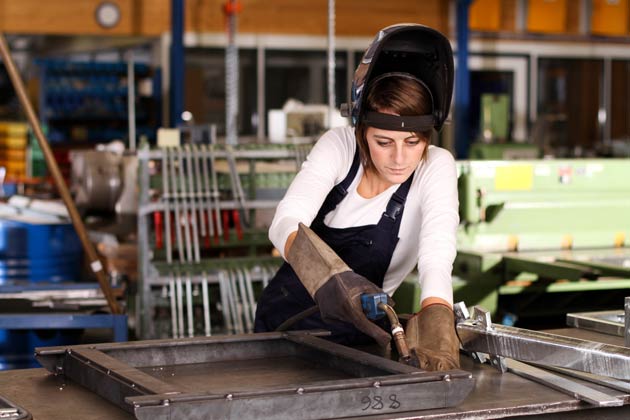
Batteries might not seem the most exciting component, but they are vital to every part of our daily life, from powering our home technology and smartphones, to the large-scale batteries used in the automotive and aerospace sectors, as well as industrial applications.
The battle to build the battery of the future is ongoing, as technology companies strive to make energy sources that are environmentally sound, have a high power capacity, and are compact and lightweight.
Batteries will also play an even larger part in our future. Cars will run on battery power, especially now that the government has announced plans to ban the sales of diesel and petrol cars and vans by 2040. For electric cars to meet the ever-growing demand, they will need to have a battery capacity that far exceeds what is currently available.
Batteries for a sustainable future
Then there are things like solar farms, which are rapidly expanding and new projects are being announced on a regular basis. For example, the battery storage developer Lyon Group has announced a $1bn solar farm and battery project to be built in South Australia this year, the largest system of its kind in the world. Sustainable energy is important to our global future, and governments are looking to invest in large-scale renewable energy farms and batteries.
The need for more battery-powered applications, such as electric vehicles, comes with its own problems, including, ironically enough, the need for a higher battery capacity to actually create the battery projects of the future. Tesla’s Gigafactory, for example, was born out of the company’s vision to “accelerate the world’s transition to sustainable energy”. It hopes to produce 500,000 cars a year by 2018 and to do so, it needed to create a large-scale battery project to support this vehicle demand.
According to the Tesla website, the Gigafactory’s “planned annual battery production capacity is 35 gigawatt-hours (GWh), with one GWh being the equivalent of generating (or consuming) 1 billion watts for one hour. This is nearly as much as the entire world’s current battery production combined”.
Battery technology in the UK
The UK government recognises the importance that battery technology plays both now and in the future, and it hopes that the UK will become a world leader in the area.
The Business Secretary Greg Clark announced plans in July 2017 to boost expertise in battery technology. This comes with the launch of the £246 million Faraday Challenge, a four-year investment round that is a key part of the government’s Industrial Strategy. The programme will look to boost both the research and development of expertise in battery technology, while recognising the important role that batteries have to play in the coming years.
Professor Philip Nelson, Chief Executive of the Engineering and Physical Sciences Research Council (EPSRC), said: “Batteries will form a cornerstone of a low-carbon economy, whether in cars, aircraft, consumer electronics, district or grid storage. To deliver the UK’s low-carbon economy we must consolidate and grow our capabilities in novel battery technology. EPSRC’s previous research investments mean we are in a world-leading position.”
In order for these new batteries to develop, the materials used in their manufacture must also keep up with the demand. For example, products like nickel foil, which is ultra thin with excellent corrosion resistance, is used in battery mesh in the engineering sector, as well as in the power storage and renewable energy industries.
 Investing in battery technology for a better future
Investing in battery technology for a better future

